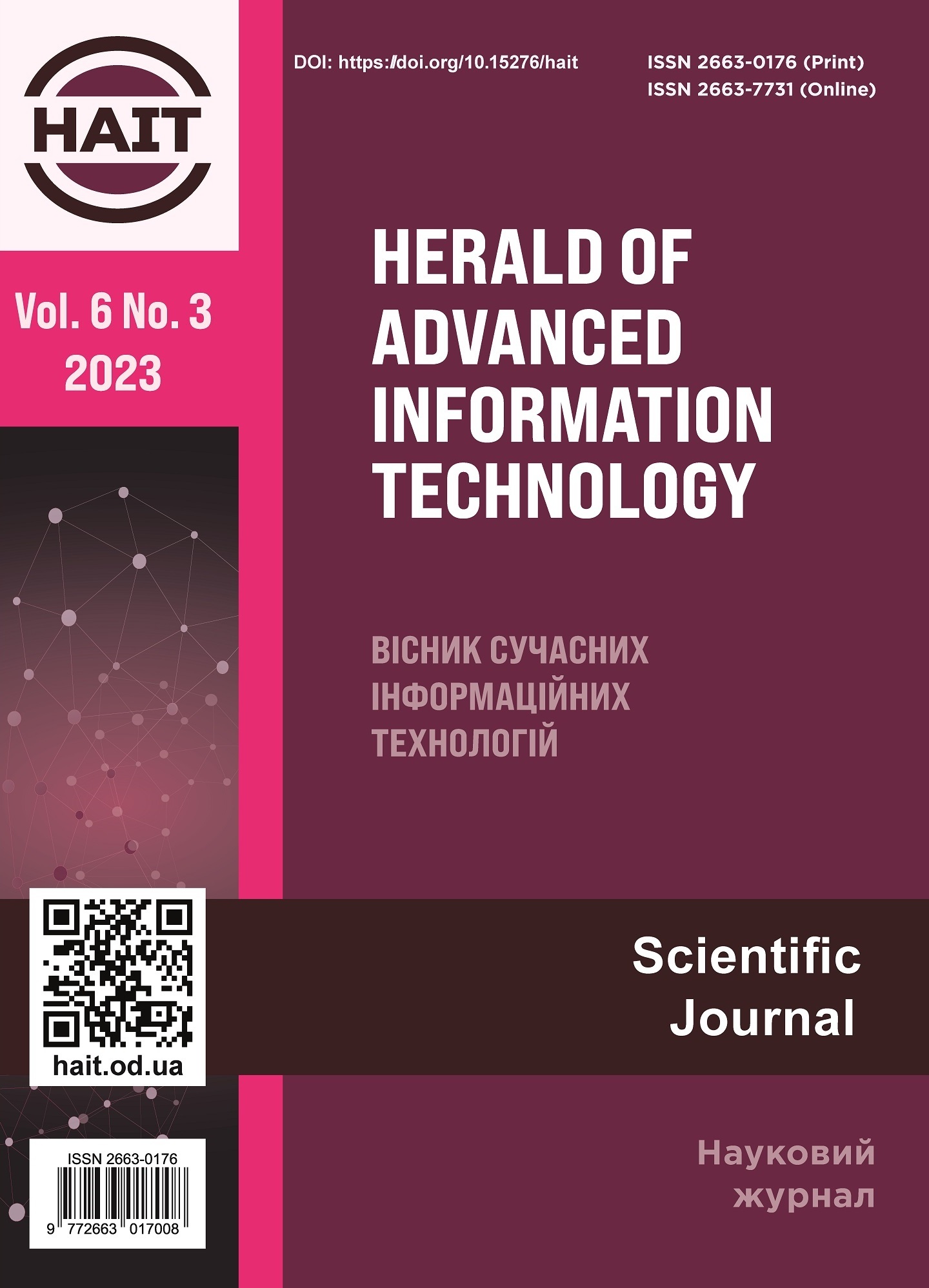Automated solid fuel quality control and monitoring system
DOI:
https://doi.org/10.15276/hait.06.2023.14Keywords:
Thermal power plants, coal quality, supplier selection, computer-integrated control systems, quality control, automatic control system, simulation modelling, mathematical modellingAbstract
The article describes the development of a computer-integrated coal quality management system that allows to increase the service life of heating surfaces in boilers of coal-fired power plants. The need for such a system arises due to erosion caused by abrasive impurities in coal, which leads to deterioration of the boiler infrastructure. Existing methods are mostly manual, timeconsuming and error-prone. The aim of the work was to increase the service life of the surface wear resistance of heat exchange tubes of a steam generator of a thermal coal-fired power plant by synthesizing and analyzing a computer-integrated coal quality management system by distributing coal flows between different coal supply sources, unloading conditions and coal quality inspection from suppliers to minimize costs. To achieve this goal, a mathematical model was developed that describes the boiler unit in terms of ash flows in the form of a system of equations. A computer-integrated coal quality control system has been developed that allows to increase the service life of heating surfaces of power boilers by distributing coal flows between coal supply sources and conditions of unloading and checking the quality of coal from suppliers to minimize costs. A computational experiment was conducted to test the operation of the computer-integrated control system and confirm its effectiveness. The results proved the value of the developed computer-integrated control system for increasing the service life of the boiler unit's heating surfaces by timely responding to changes in the quality of coal from different suppliers. It was found that with a computer-integrated control system, the service life of the pipes could be more than doubled (from 3.06 years to 7.39 years). Overall, the introduction of a computerintegrated control system is a transformational solution for managing the distribution of costs between fuel and equipment repair costs. The integrated system, together with the use of mathematical modeling and computational experiments, offers a comprehensive approach to monitoring, predicting, and controlling the factors that affect the durability of heat exchanger tubes. This research makes a significant contribution to the power industry, potentially transforming maintenance and life extension practices for critical infrastructure in thermal power plants. Further research is needed to refine the system and explore its wider applicability in different operational scenarios.








